USB\DEVICE_DESCRIPTOR_FAILURE Error? Try these fixes
USB devices play a huge role in this modern and digital world. If you wish to access your phone on your computer, you can do so via a USB to type-C cable. Having a USB device is like carrying data on yourself. However, at times, when you connect your USB device to your Windows machine, it may throw up an error that prevents you from using the USB device on your system. Not being able to use your USB device properly can be really frustrating but we are going to help you out with that in this article.
As it turns out, if you open up the Device Manager and look up the properties of the USB device that is not being recognized by the operating system, you might come across the USB\DEVICE_DESCRIPTOR_FAILURE error. This error message suggests that your computer or the operating system was not able to retrieve some information from the USB device which is why you are not able to use the USB device on your system.

This can happen due to a number of reasons including fast startup on your operating system that does exactly what its name suggests, helps reduce the boot up time of your computer. However, that is not the only reason and there are other factors that can contribute to the issue in question as well. Therefore, to understand this better, let us first look at the possible causes of the issue before we proceed with showing you the solutions that will resolve your issue. So, let’s get started.
- Fast Startup — As it turns out, fast startup is a feature in Windows that helps the operating system in booting up your computer faster. However, this can sometimes cause certain issues due to the proper services not turning on and more which is why the error in question occurs. In such a scenario, you will have to disable fast startup on your computer to see if that helps.
- USB Selective Suspend — If you don’t know what USB Selective Suspend is, it is basically a feature located in the Power Options menu that allows the hub driver to suspend individual ports on your computer which can cause a USB device connected to it to not work properly. That may be why your USB device is not being recognized by the system. In such a case, you will have to disable this from the Power Options menu and then see if the problem persists.
- Outdated USB Drivers — As it turns out, if you are running outdated USB drivers on your Windows operating system, it can cause the USB device that you plug in to not work as well. You will have to simply update your USB drivers on your system in such a case to resolve the issue.
- Outdated BIOS — Finally, another reason that the issue may occur on your computer is the firmware drivers. The firmware driver is responsible for the peripherals that you connect to your computer including keyboard, mouse and much more. This also includes external USB devices as well so if you are running obsolete BIOS drivers, it can cause the problem in question as well which is why you will have to update them to get rid of the error.
Now that we have gone through the potential causes of the issue in question and established a better understanding of why it occurs, we can get started with the solutions. Therefore, without further ado, let us jump right into it.
Turn off Fast Startup
As it turns out, the first thing that you should do when you come across the error in question here is to turn off fast startup on your Windows machine. Fast startup is basically a Windows 10 feature that is developed to help reduce the time it takes to boot up your computer after being fully shut down. It can often cause compatibility issues as it prevents your computer from shutting down properly. Therefore, turning off startup should be your first step into resolving the issue. To do this, follow the instructions given down below:
- First of all, open up the Run dialog box by pressing the Windows key + R combination.
- Once it is up, type in powercfg.cpl and then hit the Enter key.
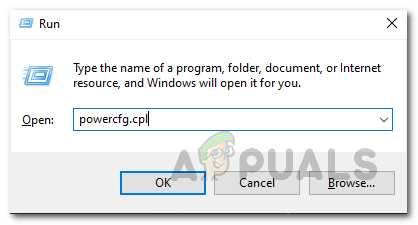
Opening Power Options Window - This will take you to the Power Options screen. Here, on the left-hand side, click on the Choose what the power buttons do option.

Changing What Power Buttons Do - After that, click on the Change settings that are currently unavailable option to unlock the options down below.
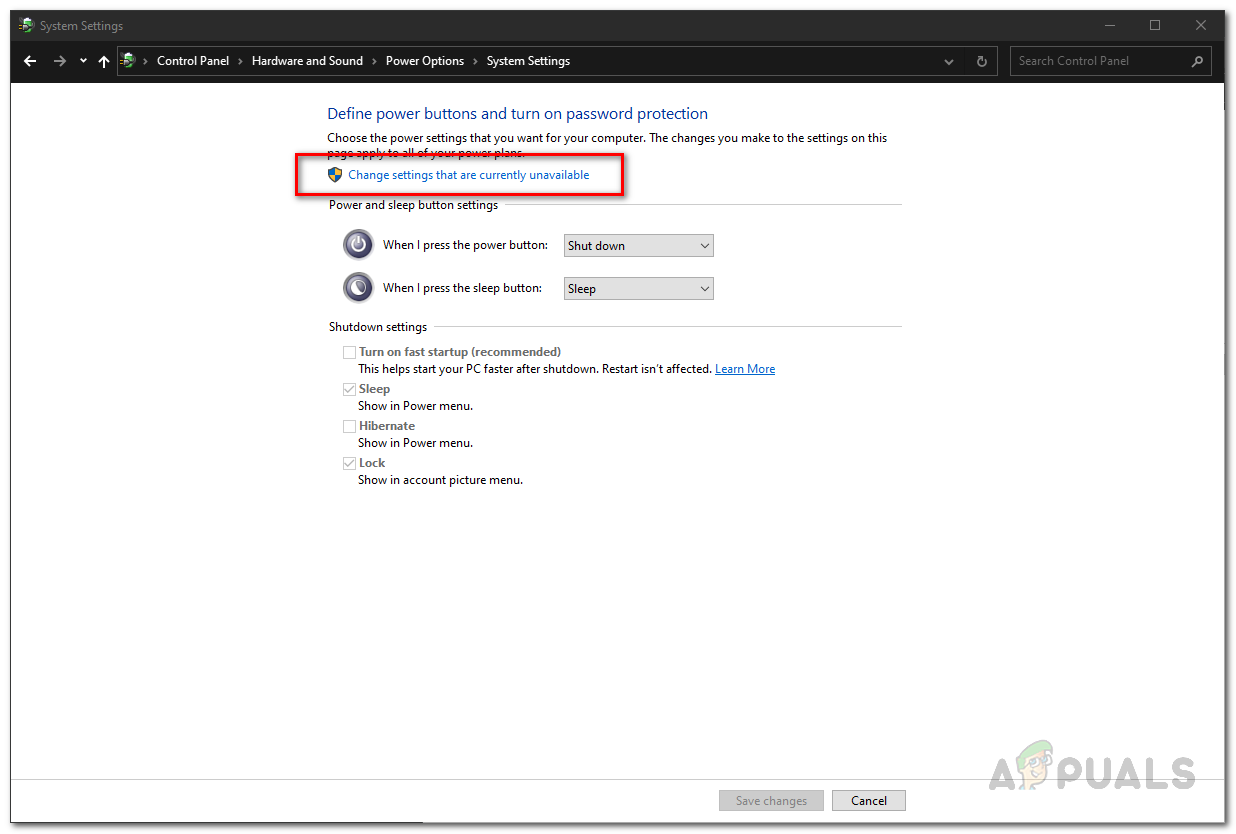
Unblocking Unavailable Options - Then, under Shutdown settings, uncheck the Turn on fast startup (recommended) checkbox.
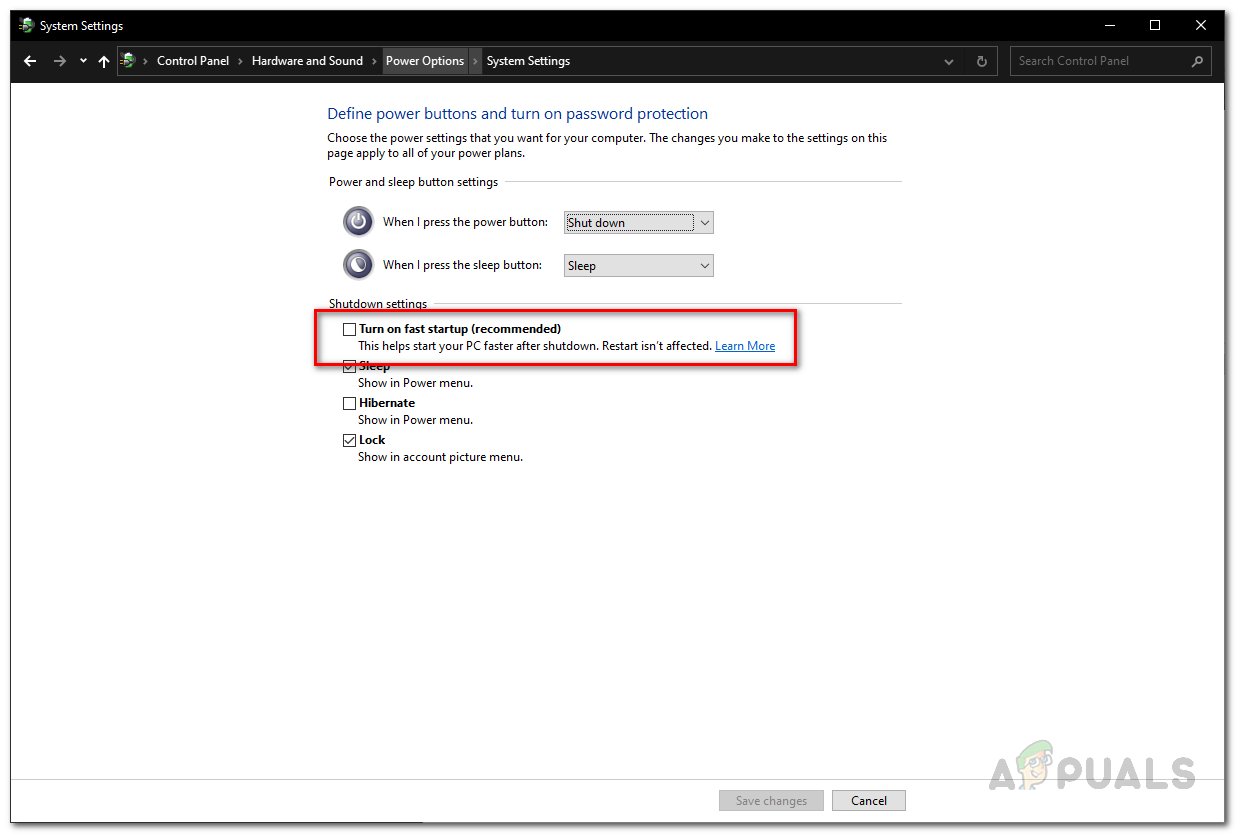
Turning off Fast Startup - Once you have done that, click Save changes to apply the changes.
- After you have turned off fast startup, go ahead and restart your system.
- Once your system boots up again, plug in the USB device again to see if the issue still occurs.
Disable USB Selective Suspend from Power Options
Another thing that can possibly cause the problem that you are facing is USB Selective Suspend. Basically this is a feature in the Windows operating system that allows the hub driver to suspend individual ports. Now, if you have connected your USB device to a suspended port, it won’t be able to work and thus your computer will not be able to recognize the device as well. If this case is applicable, you will have to simply disable the USB Selective Suspend feature from the Power Options menu and you should be good to go. To do this, follow the instructions given down below:
- First of all, open up the Control Panel by searching for it in the Start Menu.
- Then, on the Control Panel window, click on the System and Security option.
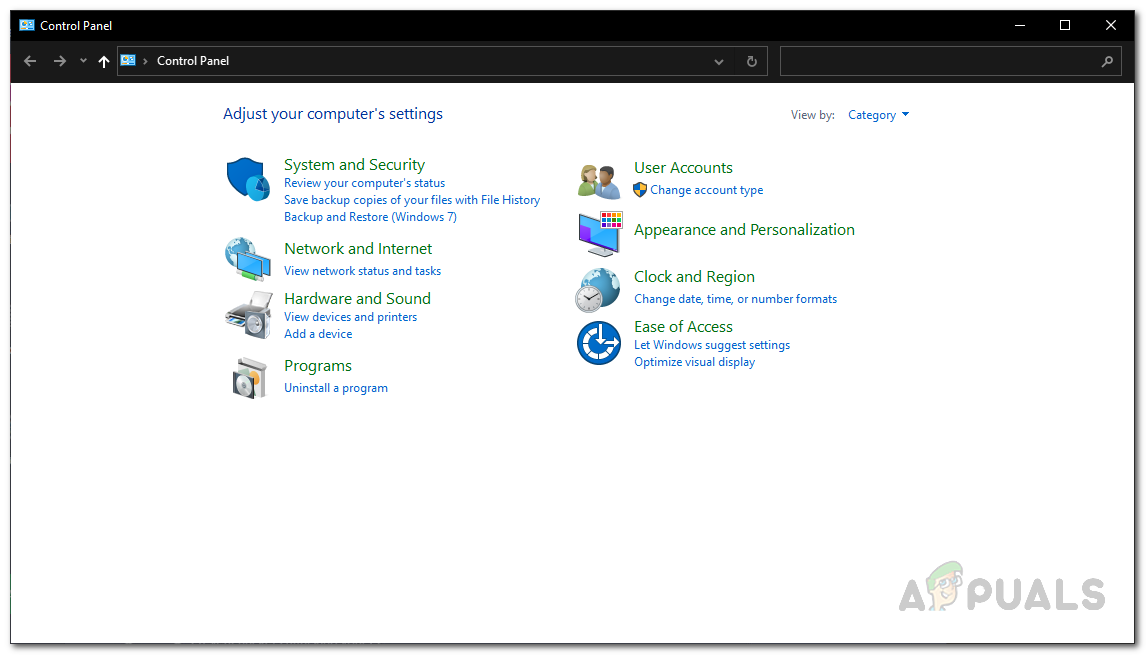
Control Panel - On the System and Security screen, click on the Power Options option.

Control Panel System and Security - Then, next to your selected power plan, click on the Change plan settings option.
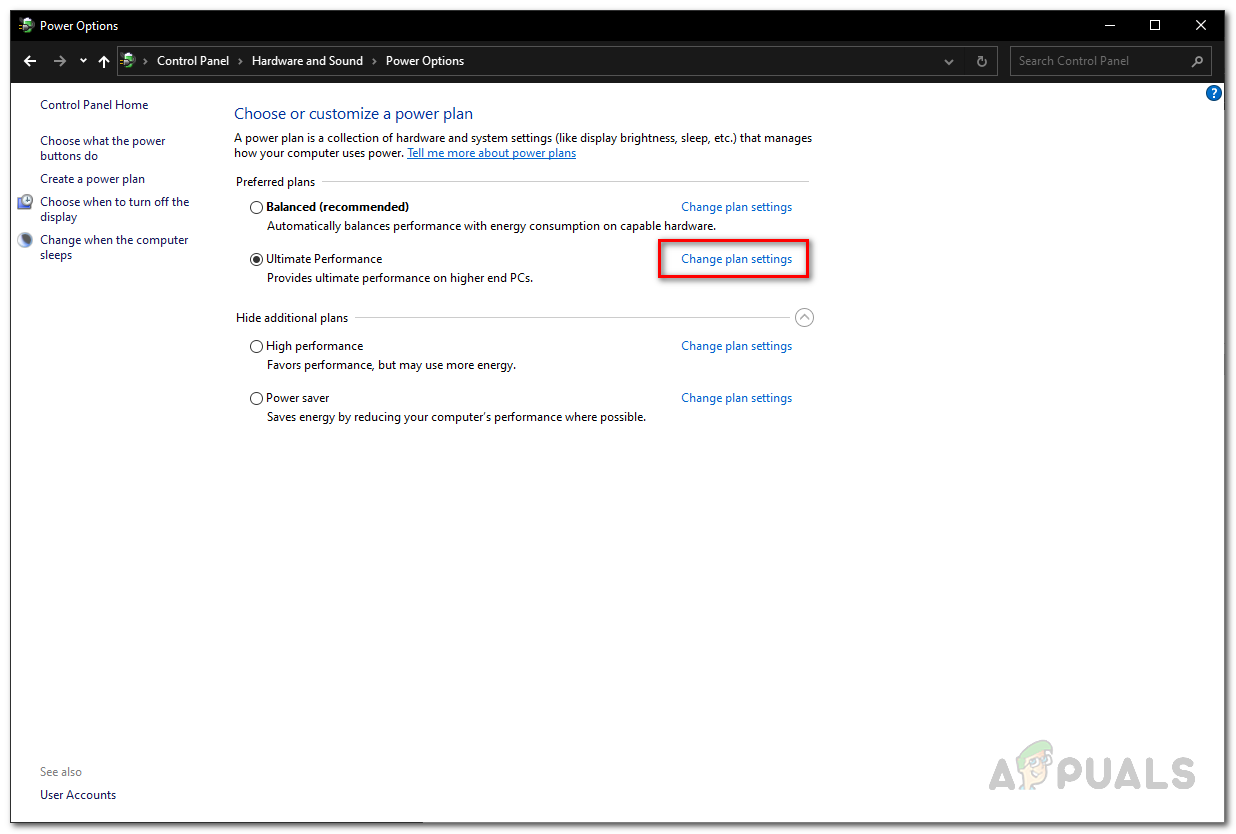
- On the Plan settings screen, click on the Change advanced power settings option.

Changing Plan Settings - This shall bring up a new Power Options window.
- Expand USB Settings and then expand the USB selective suspend setting option.
- By default, it should be set to Enabled. Click on Enabled and from the drop-down menu, choose Disabled.

Disabling USB Selective Suspend Feature - Finally, click Apply and then hit OK.
- Now, go ahead and restart your system and then see if the issue is still there.
Update USB Drivers
As it turns out, running obsolete drivers on your system is never a good idea. Drivers are the bridge between you and the operating system. If you are running outdated USB drivers on your computer, then that may very likely be causing the issue that you are facing. If this scenario is applicable, you will have to update the USB drivers on your system and then see if the issue still appears. To do this, follow the instructions given down below:
- First of all, open up the Start Menu and search for Device Manager and then open it up.

Opening Device Manager - On the Device Manager window, scroll down to Universal Serial Bus controllers and expand it.
- Then, right-click on Unknown USB Device and then from the drop-down menu, choose Update driver.

Updating USB Driver - On the new window that appears, click the Search automatically for updated driver software option.

Automatically Search for Updated Driver - Windows will automatically look for any available drivers and then install them.
- Go ahead and restart your system and see if that works out.
- In case it does not fix the issue, you can reinstall USB Root Hub drivers on your system. To do this, open up the Device Manager as shown above.
- Go to the Universal Serial Bus controllers list again and right-click on USB Root Hub. If there are multiple, do this for all of them.
- From the drop-down menu, choose Uninstall device and then once the process completes, restart your computer.
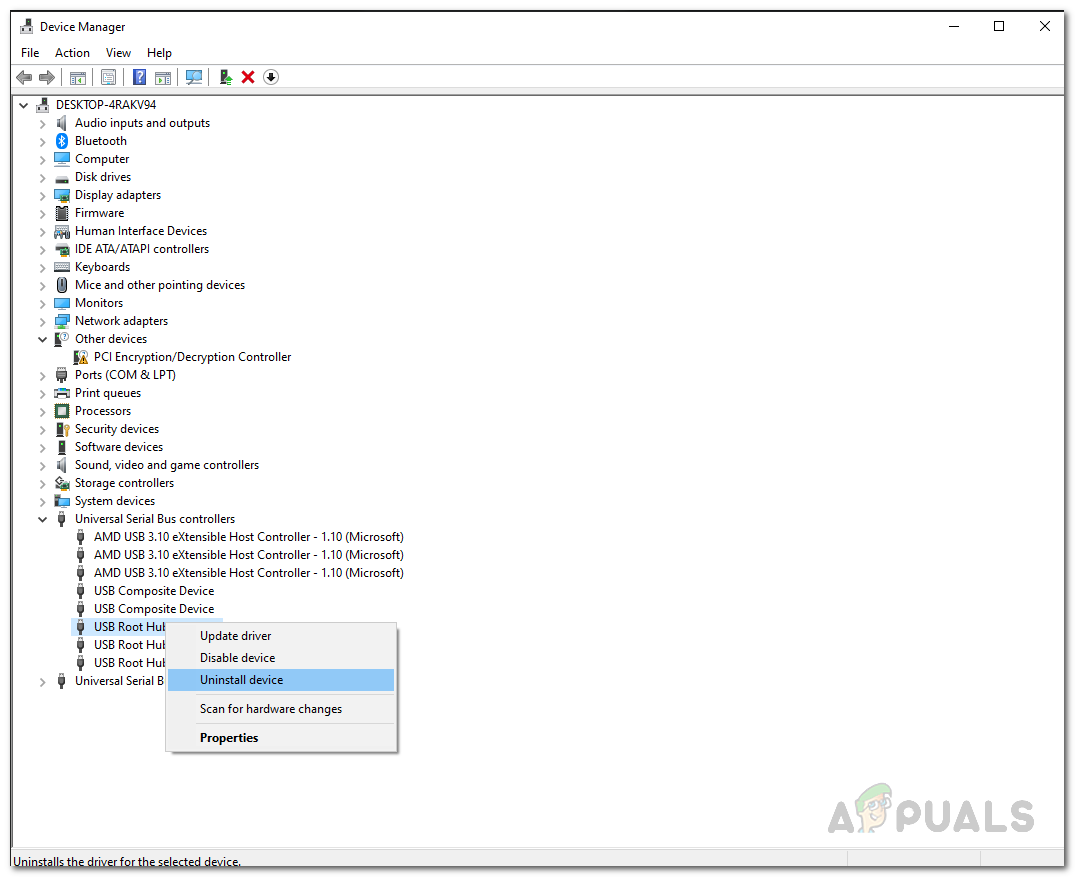
Uninstalling USB Root Hub Driver - Windows will reinstall the drivers automatically. Once done, plug in your USB device and see if the issue is still there.
Update BIOS Drivers
Finally, if none of the solutions have worked out for you and you are still not able to use your USB device, it may be due to your BIOS drivers. BIOS drivers are very important as they handle all the peripherals that are connected to your computer or motherboard to be more specific. In case you are running outdated BIOS drivers, it can cause issues in some cases. If this case is applicable, you will have to update your BIOS drivers.
To do this, make your way to your manufacturer’s website and then download the latest available firmware for your motherboard. You can also use the auto-detect utilities that are offered by almost all of the manufacturers that will check for outdated drivers and install them for you automatically. Once you have done this, try plugging in your USB device and see if the problem in question appears again.




